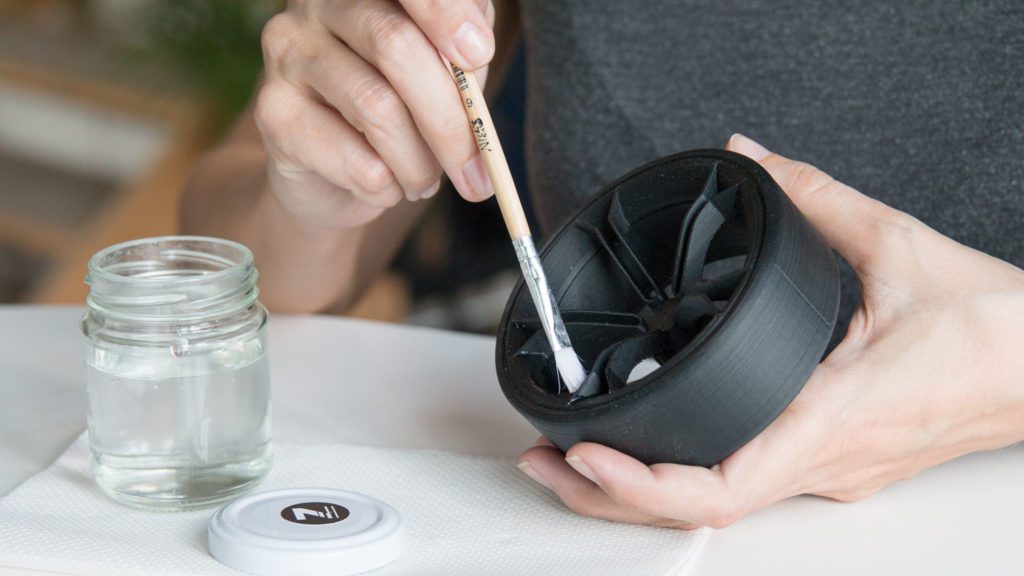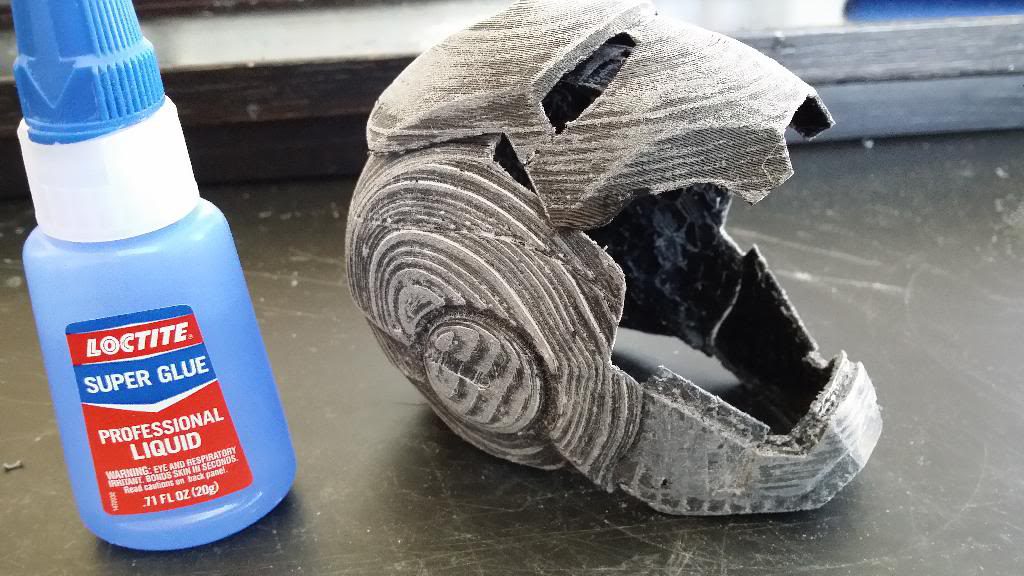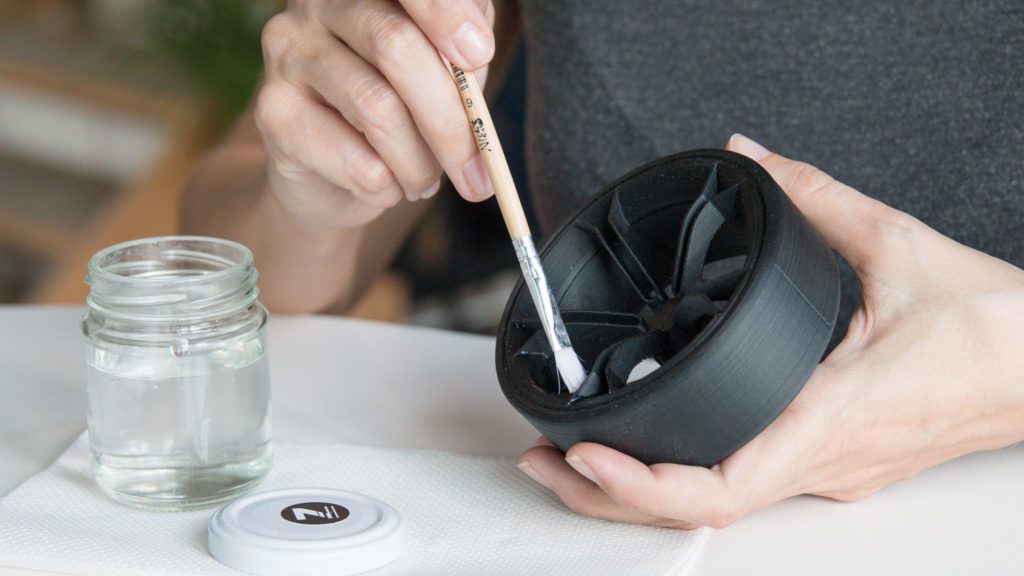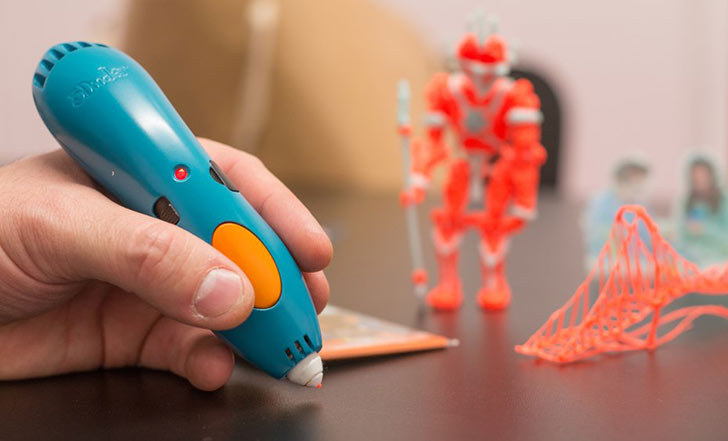Struggle no more! These hacks will make it surprisingly easy to bond your 3D printed parts together!
You may have printed all the parts of your new 3D printed model but the next question that arises is- How do you bond them all together?
Finishing your 3D printed model is as important to perfectly printing the individual parts. And bonding them neatly and accurately is even more so or all that effort to print them is gone in vain!
One way to get a good outcome is to create your print in multi-part assemblies, but how do you combine them to get a 3d printing result you can be proud of?
Super Glue
Almost everyone uses Superglue for 3D printed projects. Easily accessible as well as easy to use makes Superglue the major go-to for printing 3d printed parts. Be it Super Glue, Gorilla Glue, or a two-part epoxy, it is a common and flexible choice but it may not be the best. Take a look at the other items below.
Solvent
If you’re looking for another medium and super glue just isn’t your thing then maybe you should consider using a solvent instead. A solvent like Acetone, for example, will let you bond parts essentially, chemically melting it. Just be careful and give your project enough ventilation.
So why is a solvent such a popular pick? Well, with solvent, what is left is just the plastic – nothing added. Also, being a watery liquid, it can drip, seep and draw into places other methods cannot reach.
Most people are aware that ABS can be solvent welded with Acetone, which is commonly found at hardware stores in bulk or drug stores. But whats interesting to learn is that some PLA filaments can be solvent welded with it too!You can experiment with some PLA of your own and find what works best for you.Make sure you use a natural brush rather than one with plastic bristles.
HIPS can be dissolved by limonene, but the modeling solvent Polystyrene can also be used, just like when you build model airplanes! Another advantage of solvent is, in addition to brushing it on neat, you can use it to fill larger gaps by dissolving some filament for a while to make a thicker consistency.
Hacks like these call for a lot of DIY and if that’s what you love then check out the Geeetech prusa I3 A Pro 3D printer DIY kit – It’s perfect for every DIY buff!
Just as solvent melting does, you can also, obviously, use heat. Usually melting filament comes from the extruder or leaving your part in a hot car, but a soldering iron or even hot air gun can be employed.
Heat melting is the least favorite technique used because you could easily melt your 3D model to a goop if use too much heat.
Friction welding is the process of welding two objects together by harnessing the heat generated by friction. To generate the heat required to melt the plastic you’ll need a rotary tool like a Dremel or drill where you can insert some filament into the collet where the drill bit would usually go, then get it up to speed while applying light pressure against where you want to join.
Once the filament is spinning in the rotary tool the idea is to gently feed the fast spinning filament into your seam line. The friction created by the rotation raises the filament and model to their glass transition temperature at which point you feed the filament into the seam.
3D Pen
One of the most fun and handy ways of bonding your designs is with a 3D Pen and once you try it, you won’t want to use any other method again! A 3D pen saves you from all the hassles of using solvents, heat and drill machines!
It doesn’t deform your print and you also get the exact color and detail that you need. Apart from this you can even fill in gaps and stick together broken pieces that may have fallen off. It works well with ABD and PLA filaments.
So which of these hacks will you be using for your next project?
Credits- photobucket.com, makezine.com, inhabitat.com






